and Evolution of the Solar System
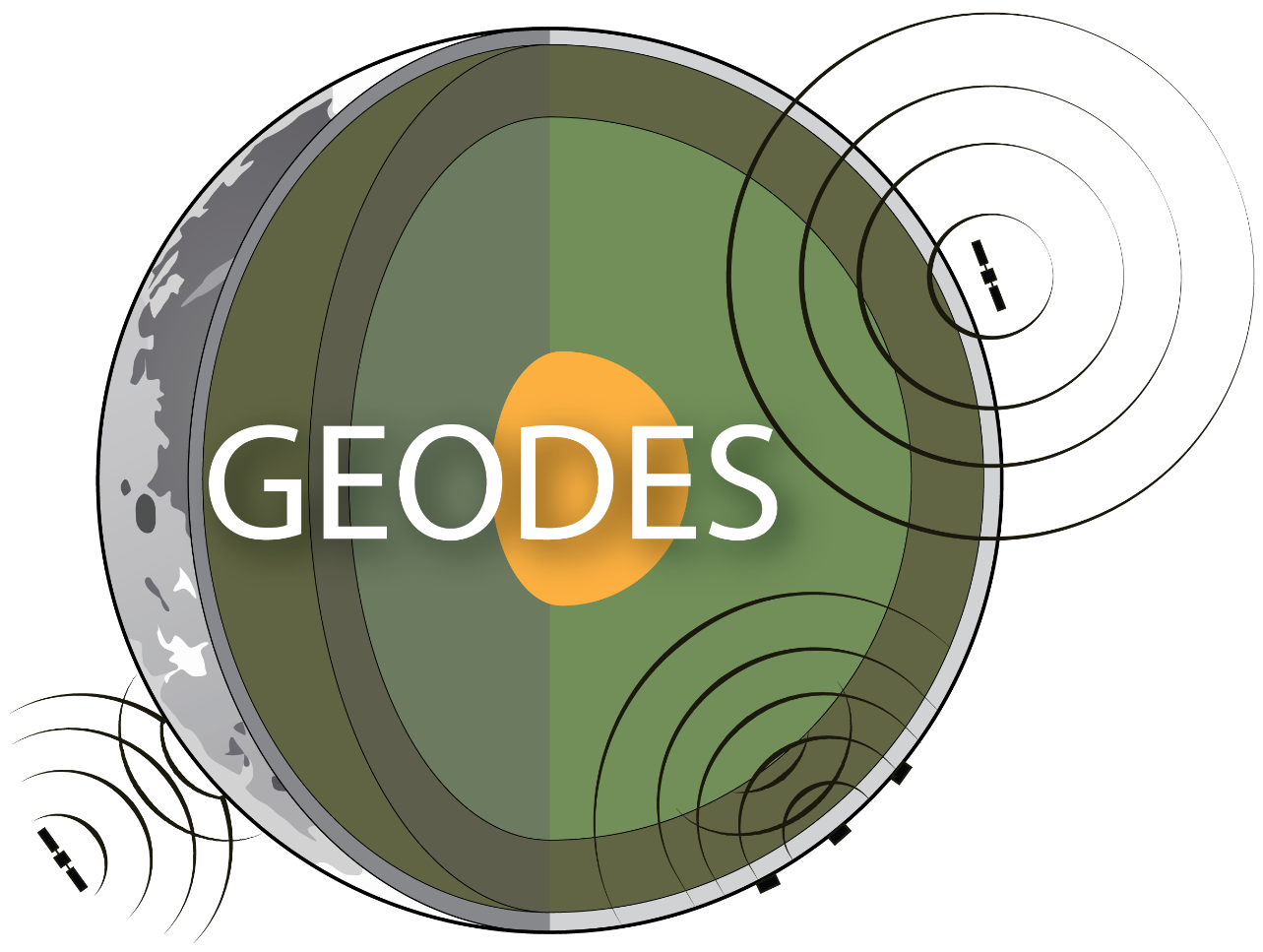
GEODES (Geophysical Exploration of the Dynamics and Evolution of the Solar System) is a team within the NASA Solar System Exploration Research Virtual Institute. We investigate the Moon, near-Earth asteroids, and the moons of Mars with geophysics methods to enable the exploration of their surfaces. We test geophysics methods, including seismic and ground penetrating radar surveying, on Earth to study and refine how these methods can best be used on the lunar surface. In addition, based on field research and remote sensing data, we develop numerical and statistical models to characterize the surfaces of our defined planetary targets. GEODES is built with four natural resources in mind: Lava Tubes and Void Spaces, Ice Deposits, Regolith, and Magma-tectonic systems. Learn about each resource theme below!
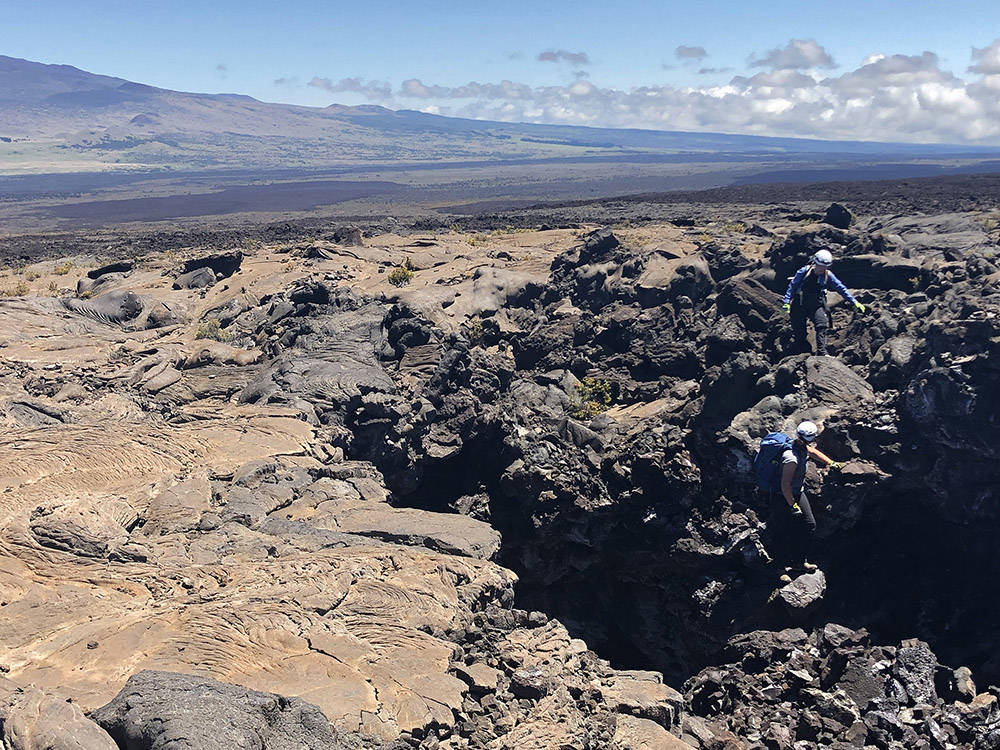
The GEODES Tubes and Voids Theme group investigates large void spaces near the surface of planets that astronauts, instruments, or equipment could potentially enter. Lava tubes, for example, have been discovered on the Moon and are not uncommon on Earth. These tubes might one day be a habitat site for future crewed missions, providing refuge to astronauts against the hazards of space. Our team explores these tubes and other void spaces through computer modeling and geophysics field work to volcanic terrains that are analogous to the surfaces of other planetary bodies.
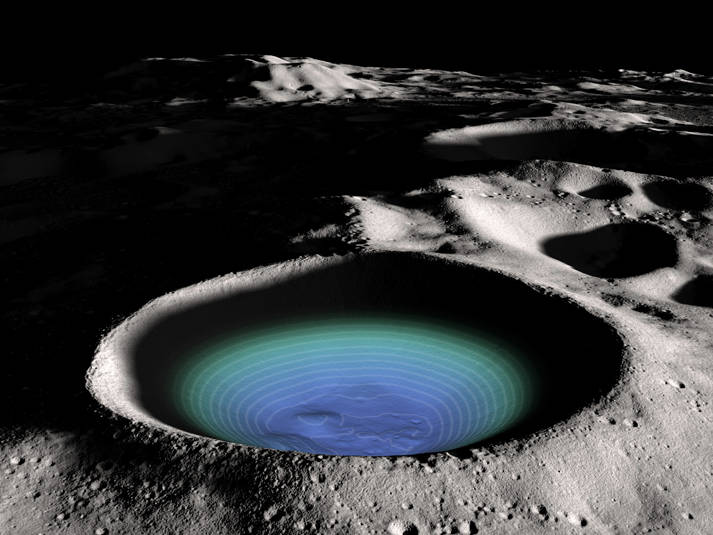
The GEODES Volatiles Theme group aims to devise ways to detect water ice (and other ices like CO2) deep underground on the Moon and other bodies. These icy materials will "boil" away when they heat up and are generally called "volatiles". On the Moon, only permanently shadowed craters near the poles get cold enough to retain these volatiles at the surface, but larger quantities may exist in the cold subsurface surrounding these environments. Using various techniques, we have seen some evidence for volatiles in the lunar shadows, but as of yet, science instruments in lunar orbit can only "see" about 1m (3 ft) below the surface. With GEODES, we are testing new ways to identify and map deeper ice on the Moon and that we believe will lead the next chapter in lunar exploration.
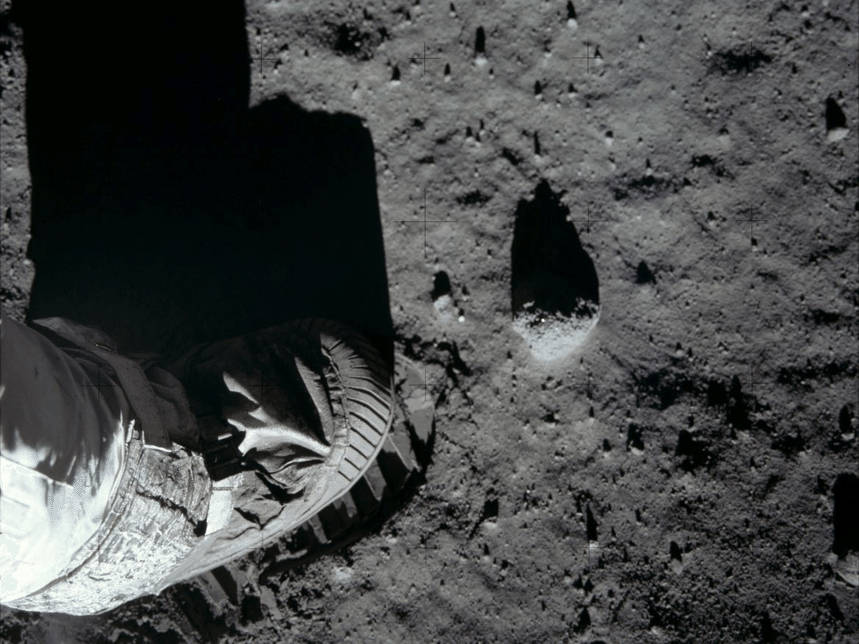
The GEODES Regolith Theme group studies the characteristics of the surface layers of planets. A planet’s regolith, or its surface coating (pulverized rock and dust on airless bodies like the Moon), represents the boundary between the surface and space. Regoliths are what we measure with remotely sensed data, they are what instruments sit on, and they are what astronauts land, walk, and live on and in during landed missions. They represent both a resource and a hazard to exploration and to human life. In this project, we are establishing the best scale and the best combination of techniques to study regoliths on other planets by studying field areas on Earth that represent good analogs for those other bodies. We are using a combination of field data analysis and geophysical modeling, which extends our results beyond Earth. This will be particularly valuable for the design of future remote missions, where it is not possible for human geophysicists to conduct field operations.
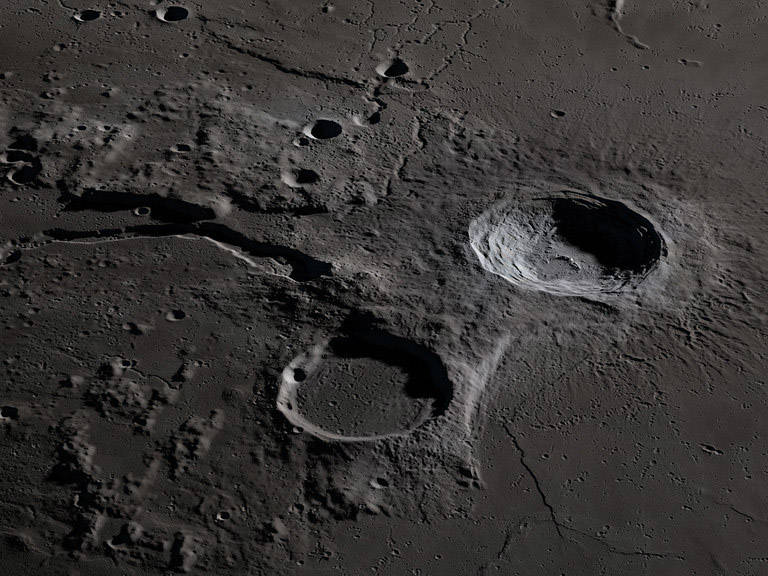
The GEODES Magma-tectonic Theme group investigates magmatic bodies, lava flows, and tectonic features that can mobilize or trap volatiles and ore materials. The Moon is covered with lava flows, while surface cracks at floor fractured craters and gravity data in other regions suggests that magmatic systems brought large bodies of magma close to the surface. GEODES is modeling how these systems erupted over time and what their physical properties might be. We are also investigating analogous lava flows in the US to understand how to map lava flows on the Moon with future crewed missions.